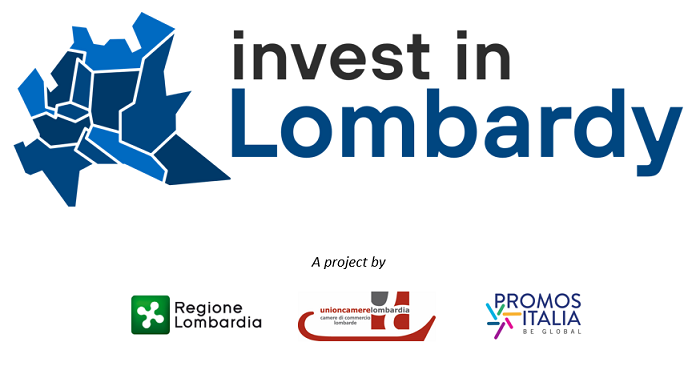Among the different regulations which try to stimulate the recovery of the investments by granting tax relief, art. no. 18 of the Italian Legislative Decree no. 91/2014 (hereinafter “Decreto Competitività” or “Decree”) has introduced the “bonus macchinari” (i.e. “machinery bonus”).
Such benefit includes, in part, some aspects characterizing the past tax relief well known as “Tremonti”, “Tremonti-bis” and “Tremonti-ter”, even if the related appeal has (a lot) reduced since the extent of the benefit is significantly lower compared to the past.
With the issuing of the analytical Circular 5/E of February 19, the Italian Revenue Agency has given the cue to go over the features of such legislation, as summarized below.
Beneficiary entities
According to the provisions set by the Decree, those subjects being “producers of a business income who invest in new operating assets included in the section 28 of the table ATECO (…)”, can benefit from the tax relief, as well explained in the Resolution 44/E of October 27, 2009 within the “Tremonti-ter” by the Italian Revenue Agency.
Paragraph no. 2 of art. 18 of the Decree confirms that both subjects with a business activity being carried out from less than those five years provided by the instructions (in order to apply) and entities set up following the date in which the Decree came into force, will have the possibility to take benefits from the provision. In detail, in the first case the calculation of the benefit begins from the investments realized during the fiscal years preceding the entry into force of the rule (and confirming the exclusion of the fiscal year in which the highest increase of the all observation period has been registered). In the second case the calculation of the tax credit is made “taking into account the whole value of the investments realized in each tax period”.
Application
Resolution 5/E of February 19, 2015 provides that “the operating assets included in the section 28 of the table ATECO 2007 (…) are subected to tax credit regardless of the name given to the assets in the same table (machinery, equipment, facilities etc.)”. In this regard, the Resolution is aimed to consider all those tangible assets whose six-digit identification code begins with the number 28. So, the following assets assume relevance to the extent of the procedure:
- assets owned;
- assets internally produced or by means of tender contract;
- assets acquired by means of financial lease agreements;
- assets granted by the bailer to third parties’ use.
The investments in the so-called “beni complessi” (i.e. “complex assets”), meaning those assets that are not included in the section 28 of the table ATECO 2007 but that assume importance for the tax credit purposes, are very important for the procedure here examined, provided that they represent a “significant part of the main investment or components essential to the functioning of the asset belonging to the section 28(…)”.
Last but not least, there is a second requirement that the “eligible” tangible assets must meet, in order to take advantages from this procedure. In other words, they need to meet the requirement of the strictly compliance to the activity carried out by the subject using the benefit.
Minimum amount of the investment
The Law Decree excludes the investments of a unit amount less than Euro 10.000.
This limit is identified “in respect of each investment carried out by the entrepreneur in new assets included in Division 28 of the table ATECO and not in respect of the single asset of the investment itself.”
In the above case are included the costs directly attributable (eg transport and montage) as well as any non-deductible VAT, both to be understood as part of the cost facilitated: the cost must be booked, however, net of any capital contribution, regardless of the accounting method, with the exception of those that are not relevant for income tax purpose.
Definition and calculation of the benefit
All the subject producing business income, which from 25 June 2014 to 30 June 2015 perform investments in new assets, that belong to the division no. 28 of ATECO and that have been transferred in operating entities in the Italian territory, can benefit of a tax credit equal to 15% of the investments in new assets exceeding the average of the same kind of investments carried out in the five previous fiscal years, with the possibility to exclude the period with the higher amount of investment.
The tax credit, divided in 3 instalments of the same amount, and “indicated in the tax return relating to the fiscal period in which it is granted and in the following ones in which the tax credit is used”, can only be used in tax offsettings and without any limit on an annual basis.
Facility resignation
The tax credit is revoked if:
- the entrepreneur sells or allocates the assets purchased to third parties out of the business purposes before the second fiscal period following the purchase;
- the assets purchased are transferred, in operating entities out of the Italian territory, even if owned by the beneficiary of the facility, within the period for the assessment of the year in which the investment was made.
The tax credit unduly offset is (re)paid within the deadline for the payment of the balance of income tax due for the tax year in which the assumptions aforementioned occur.
If the Italian Revenue Agency assesses that the facility was undue, even partially, because of the lack of the conditions required by the Decree Law or because of the inadmissibility of the costs based on for the calculation of the benefit, the Italian Revenue Agency proceeds to recover the amount, plus penalties and interests.
Written by RSM Palea Lauri Gerla


